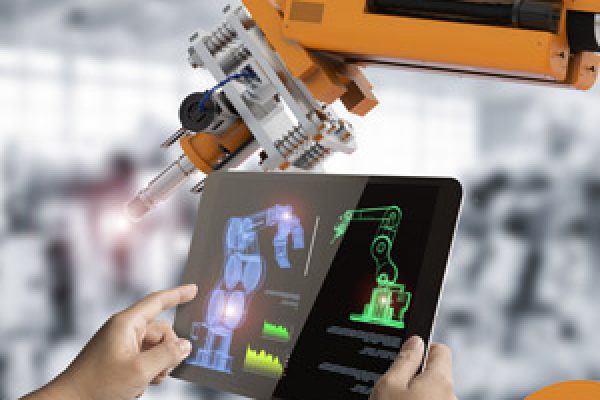Almost two-thirds of US manufacturers expect their operations to be automated to at least 80 percent within 10 years. Beyond the clear benefits of manufacturing automation—increased production, minimized safety risks, optimized quality—there are other key trends driving the increase. If you’re a West Michigan-based manufacturer, some or all of these challenges will likely sound familiar.
1. Continued Labor Shortages
As much as any employers in the country, West Michigan manufacturers are feeling the pinch of labor shortages. And with more manufacturing moving into the area, it’s not a challenge that’s going away any time soon.
According to Bridge Michigan,
- Michigan’s labor force participation has trailed the nation since December 2001.
- Deaths in the state are expected to begin to outpace births starting in 2030.
- Population growth fell to the second-slowest rate in the nation, according to the U.S. Census. Michigan is now the 10th most populous state, down from its eighth in 2010.
2. Worker Expectations
Younger generations are less willing to do dirty, dangerous, and repetitive work. Whereas many Baby Boomers spent their careers doing factory work, their children have gone to college or otherwise pursue careers outside the factory, such as flexible work with Amazon, Uber or Shipt. To compete for today’s workers, manufacturers need to make jobs more attractive—and to compete economically, they need to give workers the tools to be more productive.
3. Reshoring
The pandemic exposed any number of risks involved with global trade and a reliance on internationally sourced materials, parts, and components. World population is declining and low-cost labor is becoming a thing of the past. ‘Made in America’ orders require that federal infrastructure dollars be spent with US manufacturers.
As a result of these trends and other forces, US manufacturers are increasingly reshoring production of goods they previously imported. Indeed, US gross domestic manufacturing output outpaced that total imports from 14 low-cost countries in 2022. Manufacturers across the US are focusing on automation to make this increased production possible.
4. Lower Barriers to Entry
Robotics prices have dropped, with some robots costing tens of thousands less than hiring a full-time worker, according to Tom Kelly, CEO of the nonprofit Automation Alley, in a Bridge Michigan interview. In addition, newer technologies are easier to adopt and more flexible. No- and low-code automation solutions, cobots, and other technologies are helping make automation more accessible than ever.
Automation allows manufacturers to maintain or increase production and potentially increase wages because of the additional skills needed to operate the technology.
Help from Automation Solutions Experts
A majority of West Michigan business executives surveyed by Lakeshore Advantage say that while they’re preparing to adopt smart technologies in the near future, cost and lack of staff expertise are the top two barriers. Fortunately, the automation experts at Criterion can help.
With more than 35 years of experience designing, building, and installing custom automation solutions, Criterion helps manufacturers address their biggest business challenges while making production easier, safer, and faster. Call us at (616) 784-3500 or email [email protected] to learn more.
Sources:
Ericsson IndustryLab
Bridge Michigan
Kearney Reshoring Index
Lakeshore Advantage





